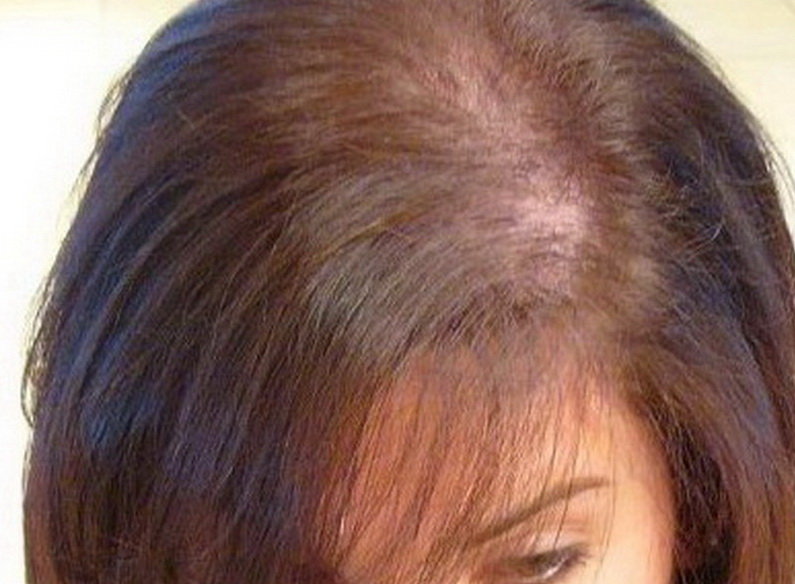
The medical term for hair loss is alopecia. The most common type is pattern baldness (androgenetic alopecia). It accounts for about 95 percent of hair loss from the scalp. It’s typically permanent and can be attributed to heredity. Another type of alopecia, alopecia areata, can be temporary. It can involve hair loss on your scalp or your body. Its specific cause is unknown.
Baldness typically refers to excessive hair loss from your scalp and can be the result of heredity, certain medications or an underlying medical condition. Anyone — men, women and children — can experience hair loss.
Causes of Hair Loss
Baldness is not usually caused by a disease, but is related to aging, heredity, and testosterone. In addition to the common male and female patterns from a combination of these factors, other possiblecauses of hair loss, especially if in an unusual pattern, include:
– Hormonal changes (for example, thyroid disease, childbirth, or use of the birth control pill)
– A serious illness (like a tumor of the ovary or adrenal glands) or fever
– Medication such as cancer chemotherapy
– Excessive shampooing and blow-drying
– Permanent hair straightening
– Emotional or physical stress
– Nervous habits such as continual hair pulling or scalp rubbing
– Burns or radiation therapy
– Alopecia areata — bald patches that develop on the scalp, beard, and, possibly, eyebrows. Eyelashes may fall out as well. This is thought to be an immune disorder.
– Tinea capitis (ringworm of the scalp)
– Studies have shown that poor nutrition, limited food intake, and deficiencies in certain nutrients can cause thinning.
Hair Loss Symptoms
Symptoms of alopecia include hair loss in patches usually in circular patterns, dandruff, skin lesions, and scarring. Alopecia areata usually shows in unusual hair loss areas e.g. eyebrows, backside of the head or above the ears where usually the male pattern baldness does not effect. In male-pattern hair loss, loss and thinning begin at the temples and the crown and either thins out or falls out. Female-pattern hair loss occurs at the frontal and parietal region of head.